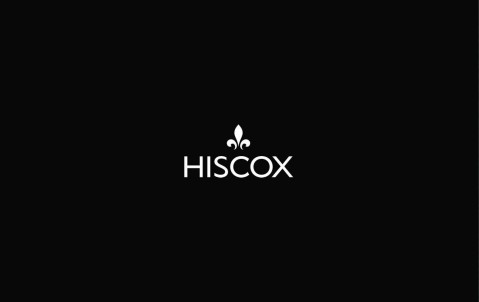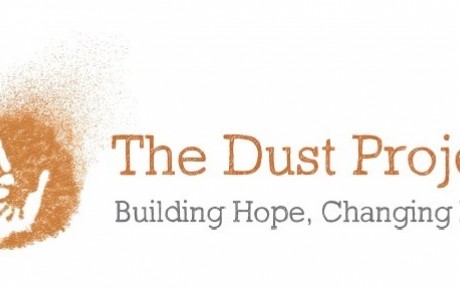
Hiscox keen to harness new capital
Richard Watson explains what impact the much-publicised new players have had on the reinsurance market and Hiscox’s plans to work with new investors.
What impact are new players having on the reinsurance market?
New players are making a tangible impact, but their impact comes more from how they’ve influenced the traditional players’ behaviour, rather than anything they have done themselves. They have spurred the established players on to be more innovative and more aggressive to fight for market share, especially at a time when cedents have capital and are buying less and at higher attachment points. This has created a highly competitive market for buyers.
It’s not that these new entrants are doing anything stupid. You can find deals that are more keenly priced, that’s true, but they tend to be the exception rather than the rule. These new entrants are mainly focused on catastrophe reinsurance, in which there is a baseline for pricing set by the established catastrophe models. As a result, everyone has a similar long-term view of a risk – and therefore what that risk is worth. It’s not as if anyone’s setting prices by doing some calculations on the back of a fag packet. So although each player will have a different cost of capital and use the model and interpret its results differently to come up with their own price, they are all within a certain boundary.
As a reinsurer I know that my business will only survive if my clients survive. We will work it out and trade forwards together.
That’s different than in the past, when some players did extraordinary things. But I don’t see that happening now. It’s a pretty rational market.
Do you think the impact of these new entrants has been overstated?
These new players are backed by a set of investors who haven’t participated directly in our market before. That is an important shift in our business. But, the reinsurance market has seen capital come and go regularly. We shouldn’t be worried that our market changes. It’s a measure of an organisation how it adapts to new challenges and I think Hiscox is adapting pretty well.
The latest estimate is that these new players are providing something like 15% of the overall cat reinsurance limit being purchased. That’s an important new element, but it isn’t turning the market on its head.
Has cat reinsurance become a commodity? Should it?
Pricing has become narrower, as a result of the modeling. Does that make it more commoditised? Yes, it does, within that narrow definition. But cat reinsurance is so much more than that.
My definition of a commodity is a simple product that I can buy over the counter from someone who isn’t a specialist, because I understand the product. But cat reinsurance will never be a commodity in that sense. For example, Californian earthquake is probably the least well understood of the major catastrophic risks. When a major tremor occurs there will inevitably be disputes over what is and isn’t covered. Also, you can be sure there will be intense regulatory and political pressure resulting from such an enormous event. A commodity item could have a limited response in that situation.
It worries me when new entrants start talking about reinsurance being a commodity, because I know that could mean that claims won’t get paid. As a reinsurer I know that my business will only survive if my clients survive. We will work it out and trade forwards together. But will a reinsurer that’s a tiny part of a hedge fund or pension fund’s investments have the same attitude? I doubt it.
The vast majority of the cat reinsurance we sell is essential to our clients’ survival. They rely on getting paid – that doesn’t sound to me like a commodity product. The reinsurance industry has, I think, a remarkable record of being there when its clients needed it most, and of doing the right thing by its clients. New entrants may think they can come in and do the same, but they tend to come from industries in which the answer is either yes or no. Well, in the world of insurance things aren’t so black and white. Welcome to a world of grey.
Hiscox has set up Kiskadee Re. What are your plans for it?
Kiskadee is currently a fronted vehicle, so we offer clients our own paper and then reinsure their risks through Kiskadee, which is capitalised with collateral provided by outside investors. That allows these investors to participate in an asset class that isn’t correlated with their other risks with the confidence of knowing that we know what we’re doing and we also have skin in the game.
Kiskadee is probably going to be the first of several structures we put in place to allow us to underwrite on behalf of other capital providers. I’m agnostic about the source of capital we use. If there are funds that want to be involved in reinsurance then we’re happy to help them do that using our underwriting expertise. If that allows me to offer a broader range of products to my customers then I’m happy with that. I think we have an important role in bridging the gap between cedents and capital providers and making it a more transparent and constructive relationship.
Is there a growing scepticism among reinsurers about the use of models, or a fear of becoming over reliant on them?
I would describe us as being fairly sceptical of all models. If you’ve been doing this job for long enough then you’ve seen enough surprises, in terms of real losses versus modeled estimates, to make you sceptical of anyone’s ability to accurately model this business. Mega-catastrophes are so inherently few and far between that if you think that you have a good handle on these perils then it’s probably time you stopped underwriting.
I’m agnostic about the source of capital we use. If there are funds that want to be involved in reinsurance then we’re happy to help them do that.
We believe the models are fundamentally robust. But, in some areas, we have more data than the modeling companies, which we use to calibrate their models with our actual loss experience. That enables us to get a better insight into our clients’ actual risks – and therefore our own. The models are definitely improving. Every time there’s a loss the models get better. But we’re a long way from putting all our faith in the output of any model.
Do you have any worries about “black box underwriting”?
It’s certainly not a term of abuse around here, as we use it in our business. We’re very happy to use black box underwriting in our direct-to-consumer businesses, because they use well-targeted products for a small, pretty homogeneous group of clients. In fact, we’d see it as one of our core strengths. I have no problem with the technique, providing it’s used in the right way.
But I am not ready to use it on the bigger ticket risks such as catastrophe reinsurance yet. Our business is a series of uncorrelated bets. The art is in understanding them well enough to make sure they are survivable and properly rewarded. The bigger risks are mostly unique and hard to adequately encompass in a black box approach. There may be a time in a hard market when you could use it, and a time when we understand the risks enough, but it isn't now.



